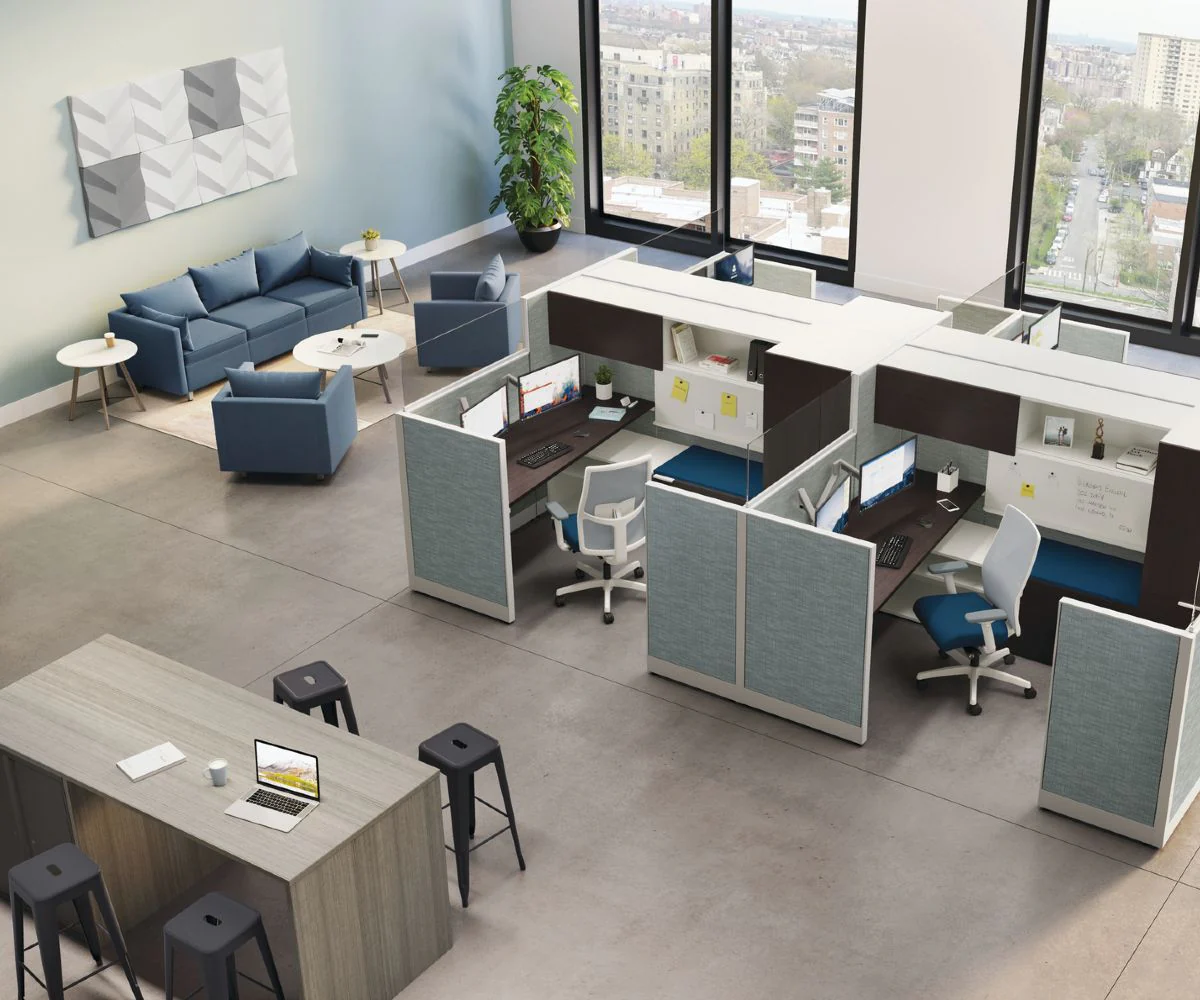When it comes to constructing or renovating the ceilings in your home or office, one crucial decision you'll need to make is choosing the right material. Among the various options available, gypsum and plasterboard stand out as popular choices. Both materials offer unique advantages and cater to different needs, so making an informed decision is essential. In this blog, we will explore the differences between gypsum and plasterboard to help you choose the right material for your ceiling.
Gypsum: The Time-Tested Classic
Gypsum has been used in construction for centuries, and for good reason. It is a naturally occurring mineral that, when ground into a fine powder and mixed with water, forms a thick slurry that can be applied to create a smooth and even surface. Gypsum ceilings have a long history of providing durability and aesthetic appeal to homes and buildings.
One of the significant advantages of gypsum ceilings is their fire-resistant properties. Gypsum is a non-combustible material, making it an excellent choice for areas where fire safety is a concern. In addition to its fire resistance, gypsum also provides good acoustic insulation, reducing noise transmission between rooms.
Furthermore, gypsum ceilings can be easily molded into various designs, giving you the flexibility to create decorative elements or custom shapes. This versatility allows for intricate architectural details or the installation of recessed lighting.
Plasterboard: The Modern Marvel
Plasterboard, often referred to as drywall or sheetrock, is a more recent innovation in construction materials. It consists of a core made from gypsum plaster sandwiched between layers of paper or fiberglass. This design provides several advantages that have made plasterboard a popular choice in contemporary construction.
One of the most significant benefits of plasterboard is its ease of installation. Unlike traditional plaster ceilings, which require skilled labor and a more extended drying time, plasterboard can be installed quickly and efficiently. This makes it a cost-effective option for both residential and commercial projects.
Plasterboard is also known for its excellent finish. When properly installed, it creates a smooth and even surface that is ready for painting or other finishing touches. This eliminates the need for extensive plastering and sanding, saving both time and money during the construction or renovation process.
Another advantage of plasterboard is its versatility. It comes in various thicknesses and sizes, allowing you to choose the right type for your specific needs. Thicker plasterboard offers improved sound insulation and fire resistance, making it suitable for areas where safety and acoustics are a concern.
Choosing the Right Material for Your Ceiling
Now that we've explored the strengths of both gypsum and plasterboard, it's time to consider which material is the right choice for your ceiling.
Budget: If you're working with a limited budget, plasterboard may be the more cost-effective option due to its quick installation and lower labor costs.
Fire Safety: If you prioritize fire safety, gypsum should be your go-to material. Its inherent fire resistance makes it an excellent choice for kitchens, garages, or any area where fire hazards are a concern.
Sound Insulation: For spaces where noise control is crucial, consider thicker plasterboard options. These provide better sound insulation compared to standard gypsum ceilings.
Design Flexibility: If you have a specific design in mind, gypsum's moldable nature allows for intricate decorative elements and custom shapes. Plasterboard, while versatile, may not offer the same level of customization.
Ease of Installation: For DIY enthusiasts or projects with tight timelines, plasterboard's quick and straightforward installation process can be a significant advantage.
Finish Quality: If you desire a smooth, flawless finish, plasterboard may be the better choice. Gypsum may require more extensive finishing work to achieve the same result.
Longevity: Both materials can have a long lifespan with proper maintenance. However, gypsum may require occasional repairs or touch-ups over time.
In conclusion, the choice between gypsum and plasterboard ultimately depends on your specific needs and priorities. Both materials have their own set of advantages, and the decision should be based on factors such as budget, safety concerns, design preferences, and installation requirements. By carefully considering these factors, you can ensure that you select the right material for your ceiling, creating a functional and aesthetically pleasing space that meets your needs.


No comments yet